In 2006, the United States Congress designated the third Friday of May as Endangered Species Day.
The day highlights the importance of protecting the most endangered animals on our planet.
The World Wildlife Fund tracks the most critically endangered species today.
These are ten magnificent animals who are designated as critically endangered.
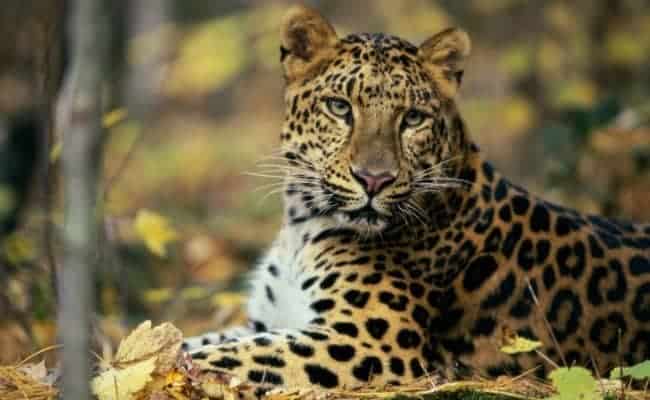
1. Amur Leopard
Unlike its southern cousins, the Amur leopard has adapted to live in the cold, temperate forests of southeast Russia and northeast China. Its winter fur is the longest of any leopards, with each hair growing to 3 inches (7 centimeters) long. It’s estimated there are only about 60 of these unique cats left.
With such a low population, a distinct threat to their survival is inbreeding. Researchers have found hazardously low genetic diversity in the existing leopards. Also, cub survival rates have been decreasing for decades, which is likely due to genetic abnormalities.

2. Bornean Orangutan
This orangutan is native to the island of Borneo in the South Pacific. It’s the largest tree-dwelling animal on earth. Social groups build nests from bent tree branches to sleep on each night. Bornean orangutans are also the slowest breeding of all mammals. Scientists are concerned that their low reproduction rates may cause these orangutans to be the first of the great apes to become extinct.

3. Cross River Gorilla
The Cross River gorilla is the world’s rarest great ape, with only 200 to 300 individuals alive today. It only lives in the forested hills and mountains at the headwaters of the Cross River on the Cameroon-Nigeria border.
Humans have displaced the primate in large areas of their traditional range. Interestingly, a 2007 study found that the gorillas may be fighting back. They’ve been seen throwing grass, soil and branches at humans who approach them. This is unique behavior among the great apes.

4. Hawksbill Turtle
Hawksbills inhabit the world’s tropical oceans. They can weigh up to 150 pounds (68 kilograms) and live 30 to 50 years. It is the only reptile known to eat primarily sea sponges, spending most of its time around coral reefs. Hawksbill eggs are still eaten around the world, and they are often killed for meat and their colorful shells.

5. Javan Rhino
This is the most endangered rhinoceros in the world, with only 63 animals surviving in a national park in Indonesia. They are also potentially the rarest large mammals on earth.
Very little is known about the Javan rhino’s way of life. They live in extremely dense jungle, making them difficult to study. Adults live alone and only come together occasionally to mate. Their days are typically spent wallowing in mud holes, which they might deepen with their feet and horns for extra comfort.

6. Malayan Tiger
These tigers only live on the Malay Peninsula and the southern tip of Thailand. They can prey on livestock, which may be one reason behind their decline. Humans kill the tigers to protect their livestock. Tigers are also poached for their meat and a medicine made from tiger bones.
The Malaysian Conservation Alliance for Tigers (MYCAT) started a hotline to report tiger poaching. They also organize “Cat Walks”, a citizen patrol in highly threatened areas to deter poaching.

7. Mountain Gorilla
Dian Fossey’s research work with the mountain gorillas of Rwanda brought them international attention. Despite increased conservation efforts, only two populations of gorillas remain today in four national parks in Rwanda, Uganda and the Democratic Republic of Congo.
Mountain gorillas live in high mountain regions, at elevations of 8,000 to 13,000 feet (2,400 to 4000 meters). Their long fur allows them to tolerate sometimes freezing temperatures. Adults can weigh up to 440 pounds (200 kilograms), and stand over five feet tall when they’re up on two legs.
8. Saola
The saola, also known as the Asian unicorn, was first discovered by scientists in May 1992. They have only been found in the Annamite Mountains of Vietnam and Laos.
The nickname unicorn relates to their two sharp horns, which can reach up to 20 inches (51 centimeters). Saola means “spindle horns” in Vietnamese. They are cousins of cattle, goats and antelope.

9. Sumatran Elephant
Sumatran elephants play a vital role in their local ecosystem. They eat a wide variety of plants and deposit seeds throughout their range.
Unfortunately, pulp and paper industries as well as palm plantations have deforested vast areas in Sumatra. Nearly 70 percent of the elephant’s natural habitat has been destroyed in one generation.
Elephant populations have dropped by 80 percent in less than 25 years. To help turn this trend around, the World Wildlife Fund has partnered with local groups to counteract poaching and create protected areas for the elephants.

10. Vaquita
The vaquita is the world’s rarest marine mammal. It is on the edge of extinction with only 30 individuals still alive. This small porpoise lives in the northern Gulf of California. They are often caught and drowned in gillnets of illegal fishing operations, which has caused a drastic decline in their numbers in recent years.
The Mexican government has spent over $100 million on vaquita conservation, including efforts to end illegal fishing and implementing a captive breeding program.
This article was first published by Care2.com on 18 May 2017.

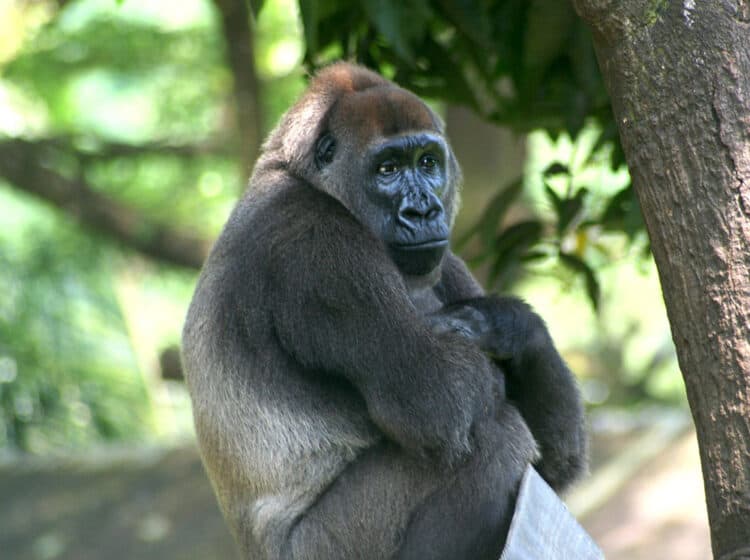
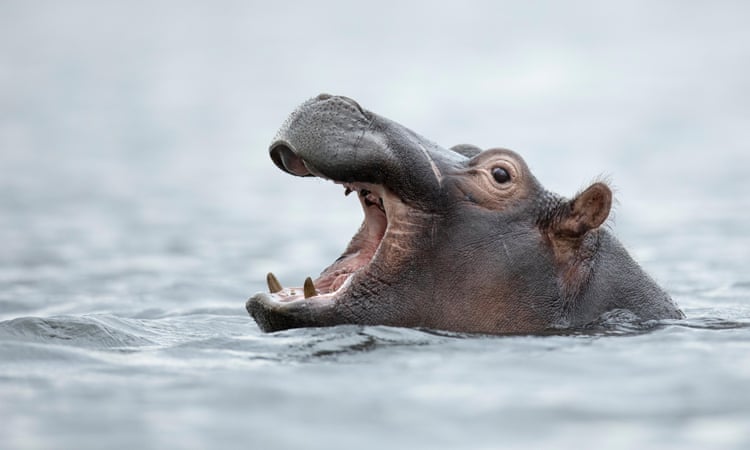

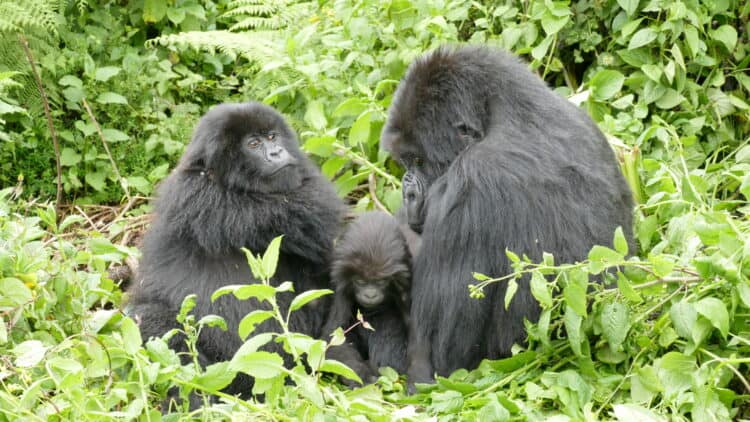
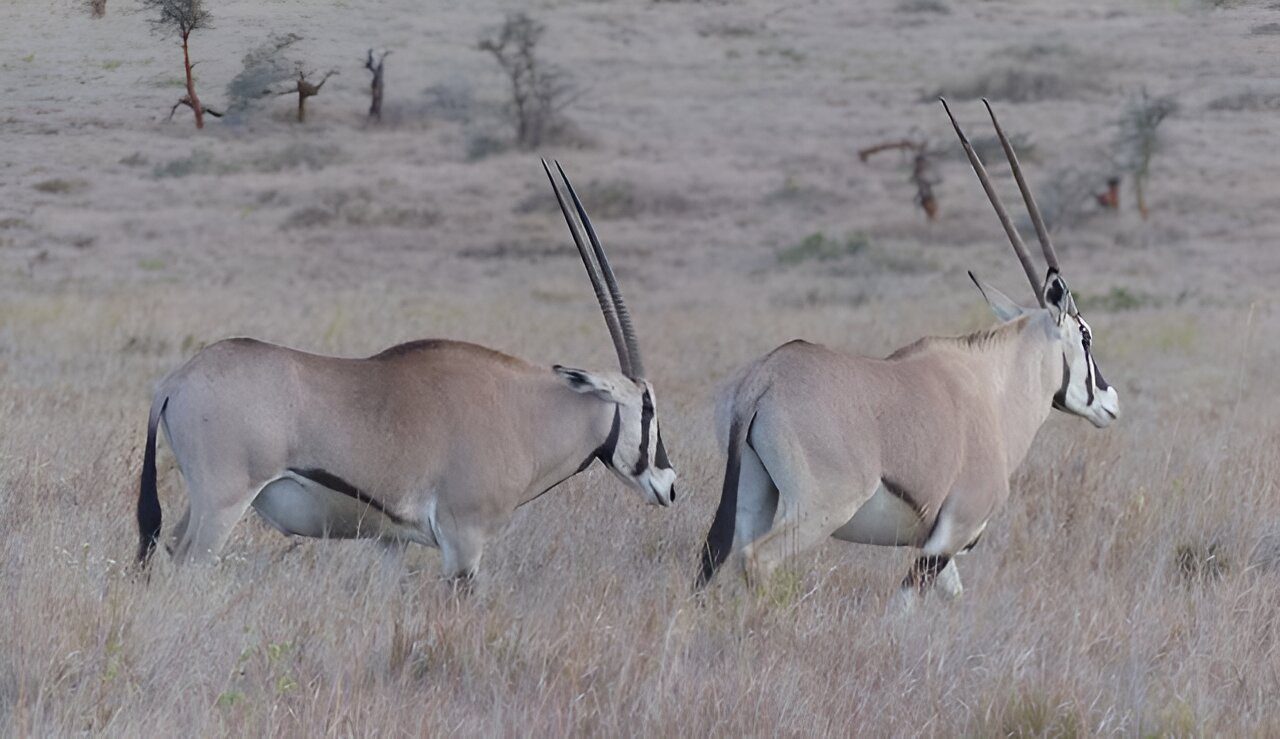
Leave a Reply